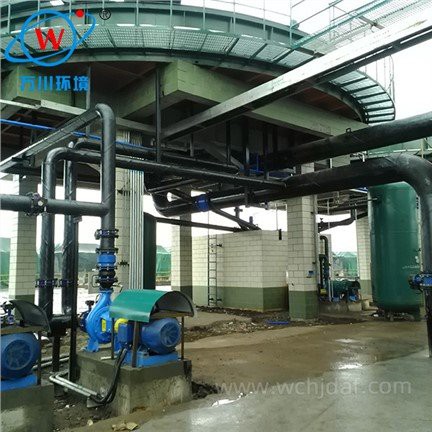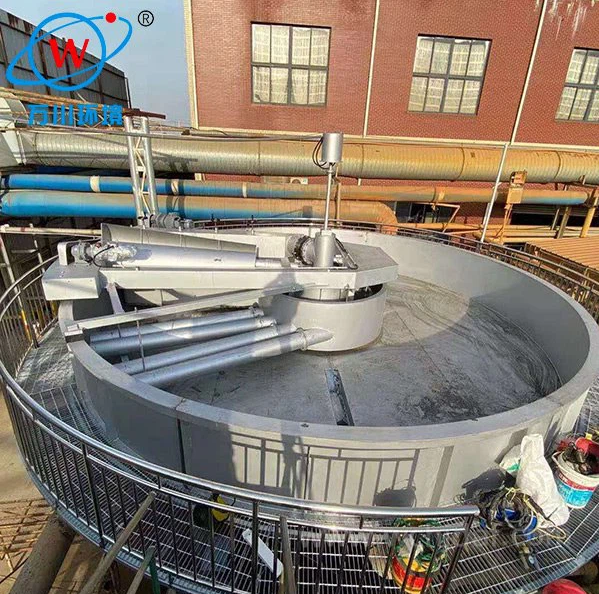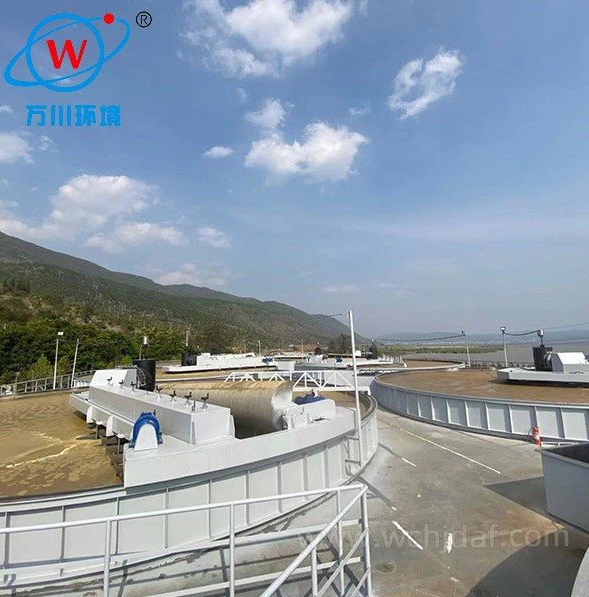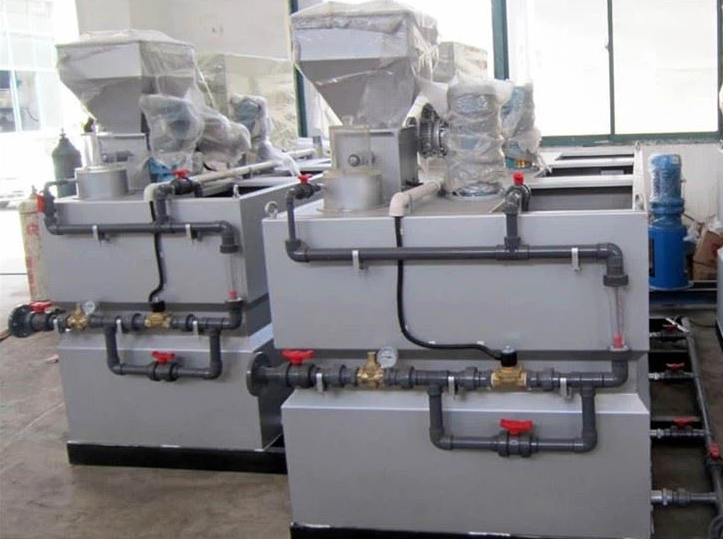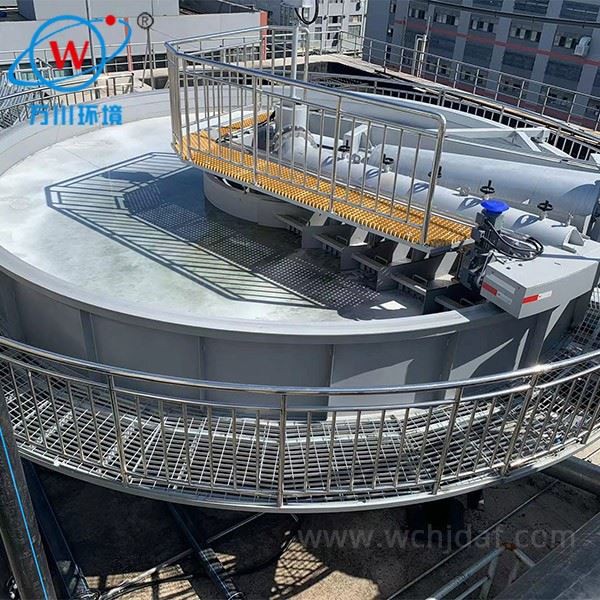Optimal Temperature Range for Dissolved Air Flotation (DAF)
The ideal temperature range for Dissolved Air Flotation (DAF) to operate optimally typically falls between 15°C to 35°C (59°F to 95°F). This range is crucial because temperature directly influences several key factors in the DAF process, including air solubility, particle-bubble attachment, and fluid viscosity.
At lower temperatures (below 15°C), water viscosity increases, which can hinder the movement of air bubbles and reduce their ability to attach to suspended particles. Additionally, the solubility of air in water increases at lower temperatures, but this benefit is often outweighed by the reduced kinetic energy of particles, which decreases floc formation and attachment efficiency.
Temperature Effects on DAF Performance:
- Below 15°C: Increased viscosity reduces bubble movement and particle attachment
- 15-35°C: Optimal range for air solubility and particle-bubble interaction
- Above 35°C: Decreased air solubility and potential chemical degradation
- Temperature affects flocculant performance and biological activity
- Industrial applications often require temperature control systems
- Critical for food processing and chemical manufacturing wastewater
Conversely, temperatures above 35°C can decrease air solubility in water, as gases are less soluble in warmer liquids. This reduces the number of bubbles available for particle attachment, diminishing the flotation effect. High temperatures may also degrade coagulants or flocculants used in the process, affecting floc structure and stability.
In industrial applications, maintaining the temperature within the optimal range is often achieved through pre-treatment adjustments, such as cooling or heating the wastewater stream. Monitoring and controlling temperature is particularly important in industries where wastewater temperature varies significantly, such as food processing or chemical manufacturing, to ensure consistent DAF performance and maximize pollutant removal efficiency.

